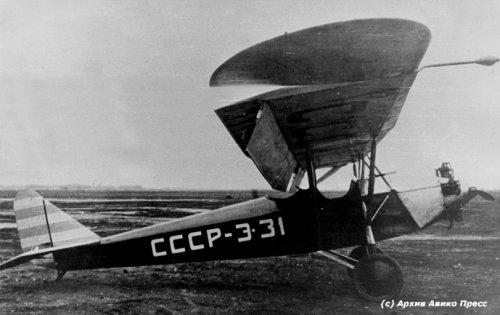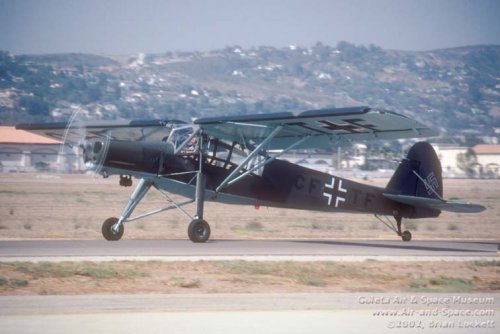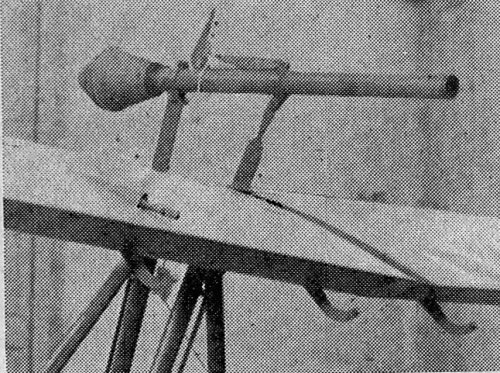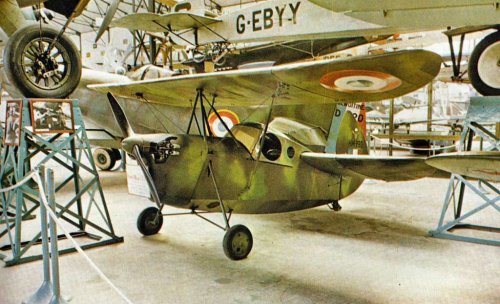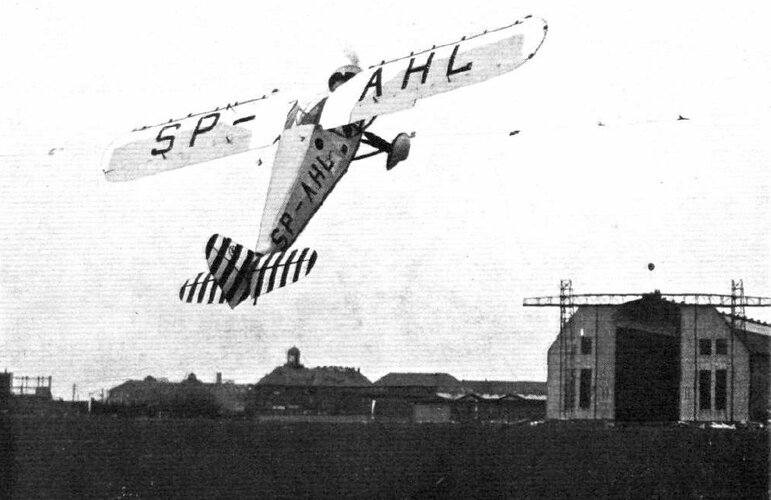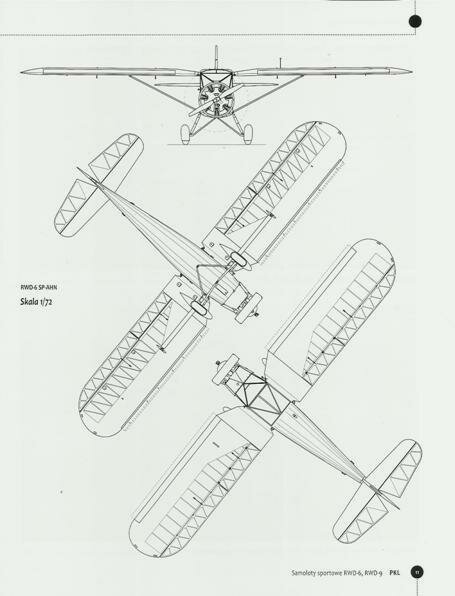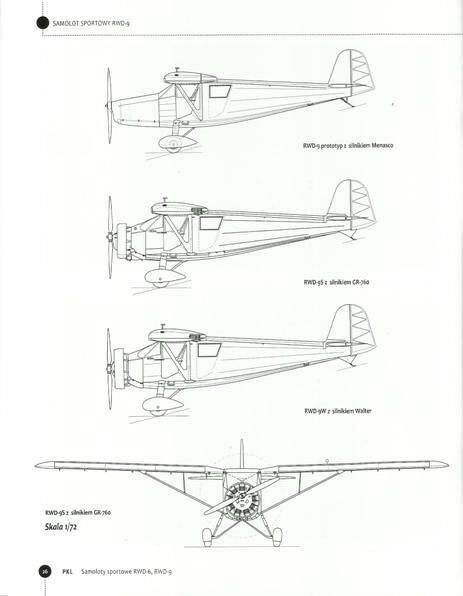During WWII, a category of aircraft emerged that some would have never expected to have been so useful. The Great Depression gave birth to a new class of light aircraft that made flying less expensive than ever before, epitomized by the Piper J-3 Cub. When war came, a few enthusiasts thought that the little puddlejumpers could be handy, and the J-3 Cub became the L-4 "Grasshopper."
So here's my question...does anyone have any projects or prototypes for low-cost, low horsepower light observation and liaison aircraft from WWII or earlier, Allied, Axis or neutral? Let's say STOL performance, one or two crew and under 100 hp, the grasshoppers that got away. Just so you don't all think I'm a tease... I'll start. ;-)
After the tragic death of his wife Annette at the hands of French partisans, homebuilt aircraft pioneer Henri Mignet threw himself into a new project at the request of Free French Colonel Eon for a "commande parachute," a handy light aircraft that could land anywhere and be hidden in moments. Eon, commanding paratroopers, wanted to be able to reach and rally dispersed airborne troops after a jump and throughout an operation. He was thrilled with the design, which featured quick folding wings incorporated in later Mignet designs, and steerable main gear which was not.
Check out these original 1940s pics including great comparison shots with a Fieseler Storch and a Westland Lysander. There are some more vintage pics here that give an even better idea how compact this plane was. Here are some specs thanks to Airwar.ru and Google Translate since my books and scanner are in boxes:
HM.280
Span 5.10 m
Length 4.10 m
Wing area 8.75 m2
Empty weight 150 kg
Gross weight 265 kg
Maximum speed, 140 kph
Cruising speed 115 kph
Endurance 3 hours
Ceiling 3505 m
Crew 1-2
So here's my question...does anyone have any projects or prototypes for low-cost, low horsepower light observation and liaison aircraft from WWII or earlier, Allied, Axis or neutral? Let's say STOL performance, one or two crew and under 100 hp, the grasshoppers that got away. Just so you don't all think I'm a tease... I'll start. ;-)
After the tragic death of his wife Annette at the hands of French partisans, homebuilt aircraft pioneer Henri Mignet threw himself into a new project at the request of Free French Colonel Eon for a "commande parachute," a handy light aircraft that could land anywhere and be hidden in moments. Eon, commanding paratroopers, wanted to be able to reach and rally dispersed airborne troops after a jump and throughout an operation. He was thrilled with the design, which featured quick folding wings incorporated in later Mignet designs, and steerable main gear which was not.
Check out these original 1940s pics including great comparison shots with a Fieseler Storch and a Westland Lysander. There are some more vintage pics here that give an even better idea how compact this plane was. Here are some specs thanks to Airwar.ru and Google Translate since my books and scanner are in boxes:
HM.280
Span 5.10 m
Length 4.10 m
Wing area 8.75 m2
Empty weight 150 kg
Gross weight 265 kg
Maximum speed, 140 kph
Cruising speed 115 kph
Endurance 3 hours
Ceiling 3505 m
Crew 1-2






